We ask that those wishing to use the materials found on the AETC NCRC website honor the following guidelines:
- Slide sets and other materials that appear on the AETC NCRC website are intended for public use unless otherwise noted.
- You may use or present a slide set or other material in its entirety if you credit the author and source of the material.
- Similarly, you may incorporate selected slides or resources from the AETC NCRC website into another public presentation if you credit the author and/or source of the materials.
- If you use materials from the AETC NCRC website in preparing other presentations or materials, please include an appropriate reference citation.
- Do not publish or post materials found on the AETC NCRC site without permission from their creators or copyright holders.
- For examples of appropriate citation, see the frequently asked questions below.
Using and Adapting Slides Frequently Asked Questions
When using or adapting materials drawn from other sources, including internet sources, it is important to cite the source of the materials. Use our FAQ list as a guide for appropriate use and adaptation of information and materials.
Request permission unless the slide set or source includes information about appropriate use. Slides posted on this website are intended for public use, and may be used without permission if appropriate attribution is included. Examples of specific directives include:
- The CDC has a fairly extensive statement on usage of its materials. Most content from the CDC is public domain, but there are exceptions outlined on their website. The following are presented as requirements for using the CDC's public domain content:
- Attribution to the agency that developed the material must be provided in your use of the materials. Such attribution should clearly state the materials were developed by CDC ATSDR and/or HHS (e.g., “Source: CDC”; “Materials developed by CDC”);
- You must utilize a disclaimer which clearly indicates that your use of the material, including any links to the materials on the CDC, ATSDR or HHS websites, does not imply endorsement by CDC, ATSDR, HHS or the United States Government of you, your company, product, facility, service or enterprise. All such disclaimers must be prominently and unambiguously displayed (e.g., “Reference to specific commercial products, manufacturers, companies, or trademarks does not constitute its endorsement or recommendation by the U.S. Government, Department of Health and Human Services, or Centers for Disease Control and Prevention;
- You may not change the substantive content of the materials; and
- You must state that the material is otherwise available on the agency website for no charge.
- Slides developed by the AETC National Coordinating Resource Center include this statement on the second slide of each file:
- It is intended that these slides be used as prepared, without changes in either content or attribution. Users are asked to honor this intent.
- Clinical Care Options uses similar language, but also addresses the issue of republication:
- Please feel free to use and share some or all of these slides in your noncommercial presentations to colleagues or patients
- When using our slides, please retain the source attribution:

- These slides may not be published, posted online, or used in commercial presentations without permission. Please contact [email protected] for details
Unless the source expressly prohibits reformatting, this is permissible with proper attribution.
This is an example of an appropriate citation of a slide taken from the NCRC website:
Original
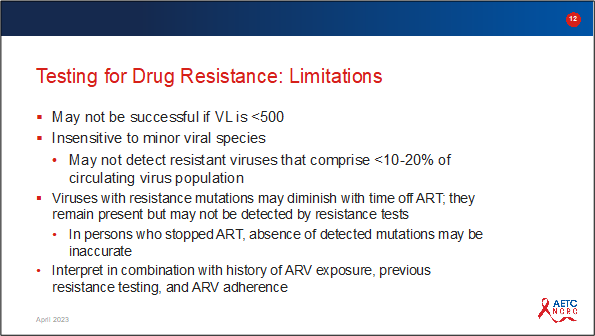
Reformatted with attribution
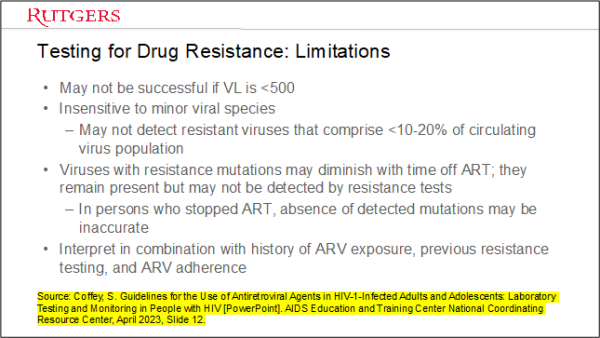
Example 1: Website citations
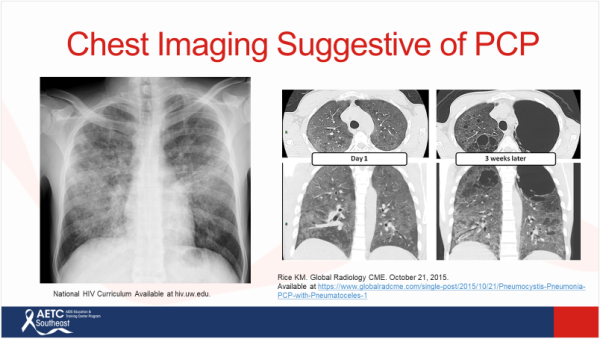
Example 2: Journal citations, brief format
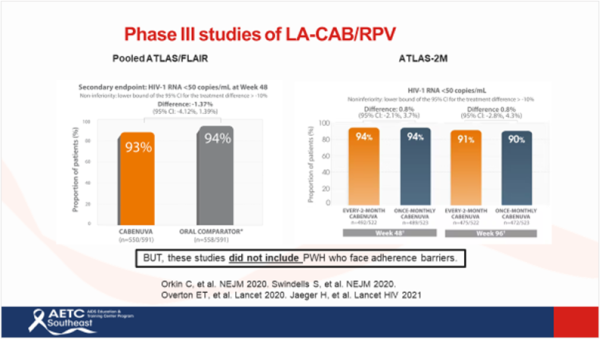
Yes. The rule for presentations is the same as the rule for publications.


It depends on where you got them. If they are part of a free clip-art library or if you purchased them from a stock photo company, you usually do not need to obtain permission or credit the source. If they are from a newspaper, journal, poster, or other publication, you must cite the source, and in many cases, request permission to reprint or republish the image. See our fact sheet on finding and using images from the Web.

If you include unchanged text, images, or tables from a source in the public domain (such as the HHS guidelines), cite the source.
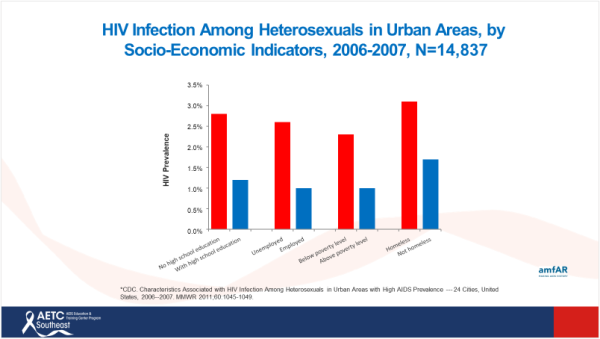
Acknowledgement of the presentation's author should be included in the presentation.
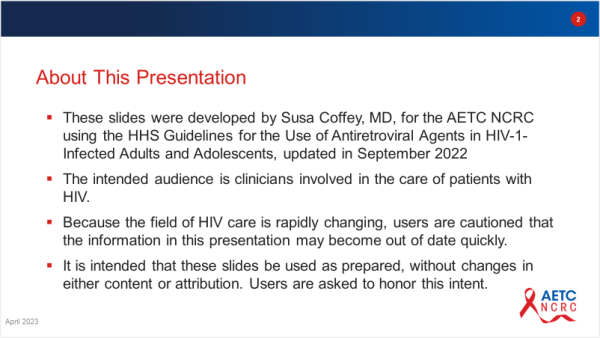
AMA is the preferred style:
- Coffey S. Guidelines for the Use of Antiretroviral Agents in Adults and Adolescents: Initiation of Therapy [PowerPoint]. AIDS Education and Training Centers, National Resource Center; November 2008. Available at http://aidsetc.org/. Accessed December 15, 2012.
- Behrens C, Kindrick A, Harrington R. Antiretroviral Resistance Testing in the Management of HIV-Infected Patients [PowerPoint]. Northwest AIDS Education and Training Center; July 2006.
One option is to give very brief citations and include a credit slide with full citations.

Credit slide
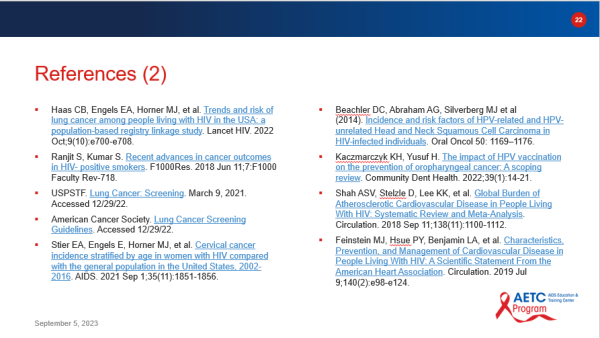
Last reviewed: